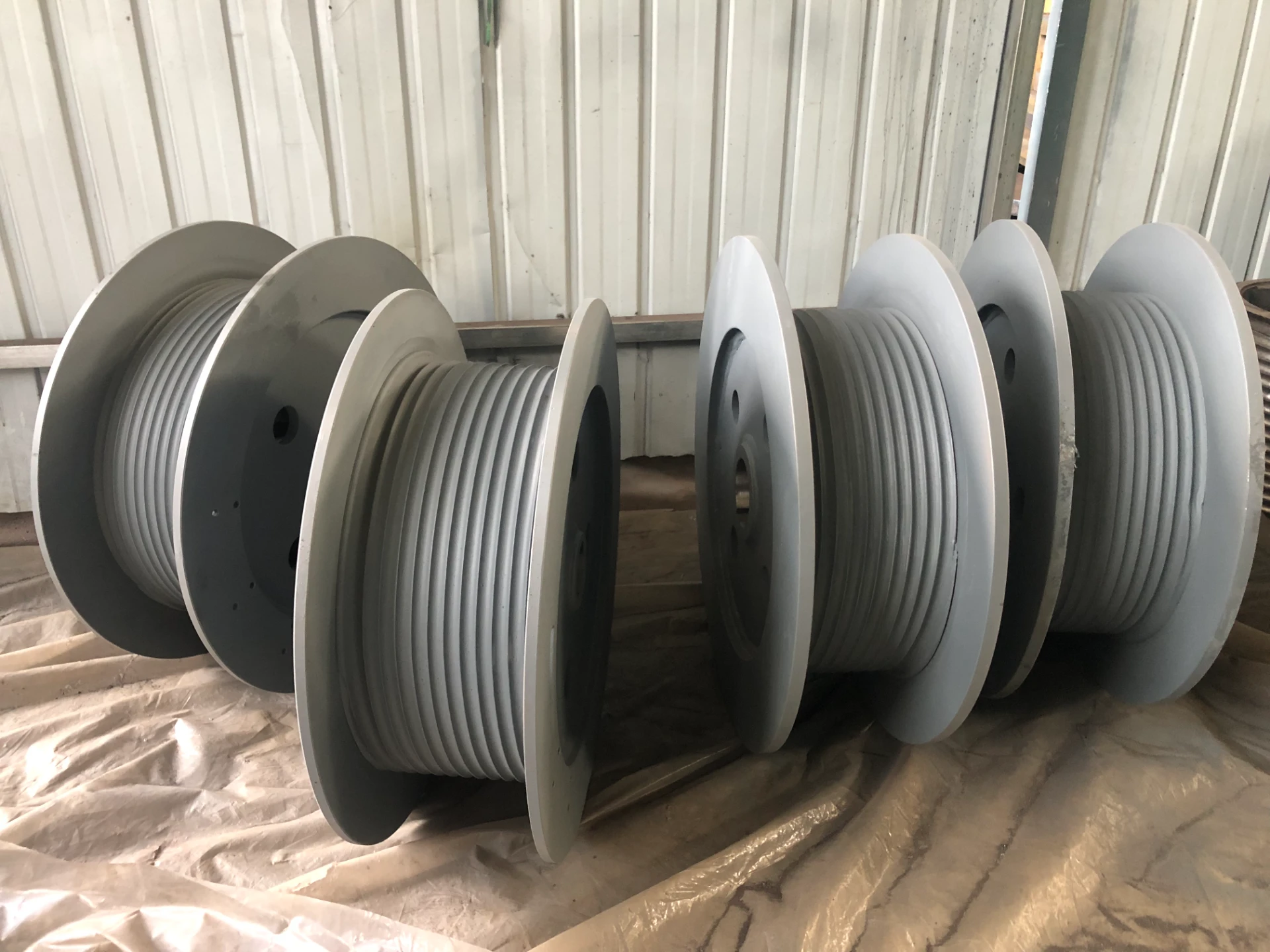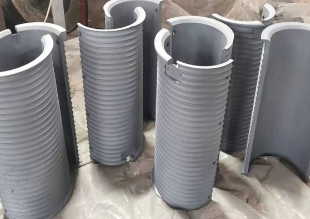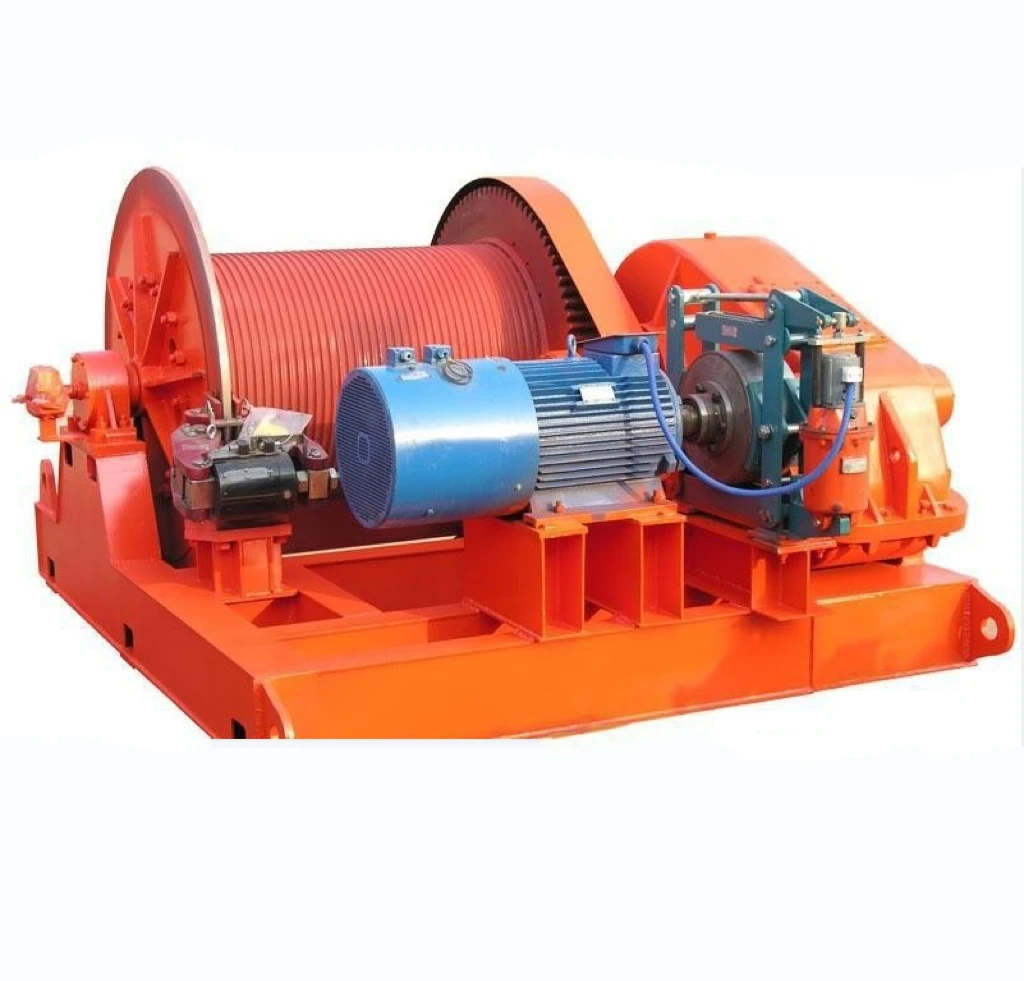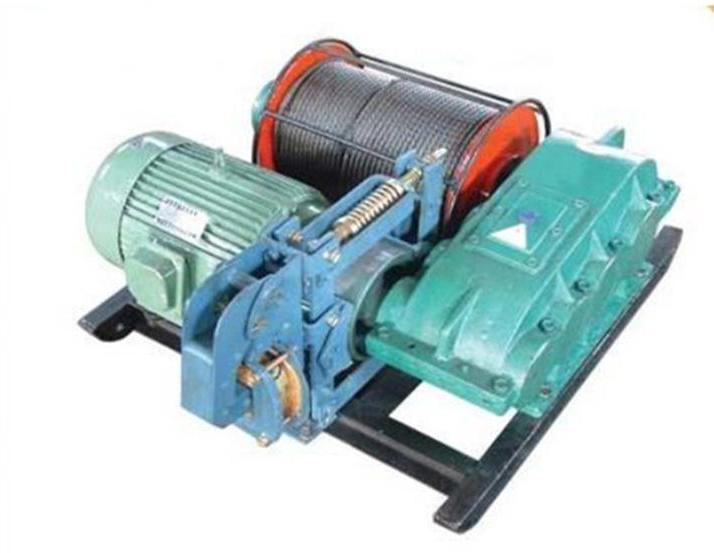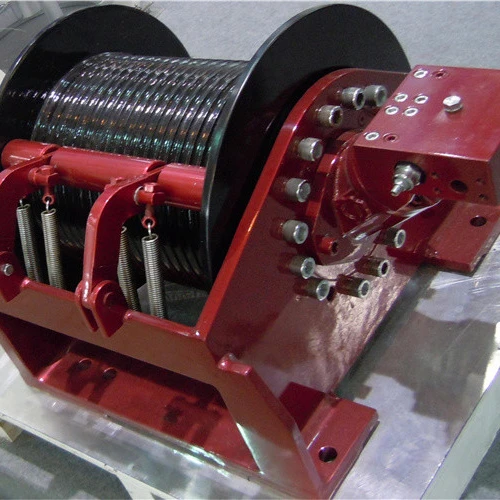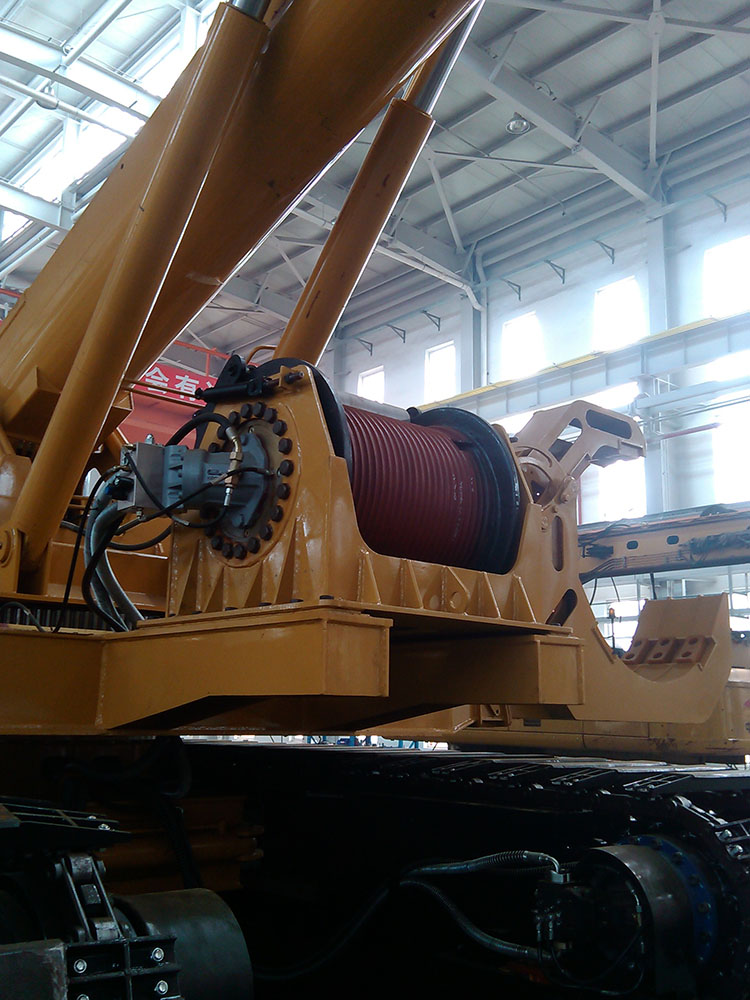Hydraulic Anchor Winch: Reliable Power for Safe Maritime Anchoring
Understanding Hydraulic Anchor Winch: Why It Matters in Global Maritime and Industrial Operations
If you’ve ever been curious about the real muscle behind those giant ships ferried across oceans or large-scale offshore operations, a hydraulic anchor winch is an unsung hero. This equipment isn’t just about brute force; it’s a marvel of engineering that blends power and precision. From commerce to disaster relief, understanding what a hydraulic anchor winch does—and why it’s become essential—opens a window into the backbone of marine and industrial safety worldwide. Plus, it’s fascinating how such a seemingly simple mechanism can affect everything from environmental sustainability to crew safety.
Setting Sail: The Global Importance of Hydraulic Anchor Winch
Globally, the maritime industry moves over 80% of the world's merchandise by volume (UNCTAD, 2022). Ships rely heavily on reliable anchoring systems to stay safe at ports or during rough weather, and that’s where hydraulic anchor winches step in. These devices control the deployment and retrieval of anchors, ensuring ships stay put without delays or accidents.
However, post-disaster humanitarian operations or remote industrial installations often bring unique challenges—like handling heavy anchors in turbulent zones or without access to stable power. That’s why the hydraulic anchor winch is not just a fancy machine but a practical solution — one that uses hydraulic energy for smoother, safer, and more controllable operations in tough conditions.
What Exactly Is a Hydraulic Anchor Winch?
Simply put, a hydraulic anchor winch is a mechanical system that uses hydraulic power to raise and lower an anchor on a vessel or platform. Unlike electric or manual winches, the hydraulic system provides consistent torque and responsiveness, enabling precise control even under heavy loads. Plus, since hydraulic power can be derived from onboard engines or independent pumps, it often works reliably even in harsh environments.
Its role extends beyond shipping: from offshore oil rigs needing robust, durable equipment to aid drilling platforms, to humanitarian vessels delivering aid where steady anchoring is critical. In emergency zones where power grids are unreliable, hydraulic anchor winches provide that no-fuss, robust alternative the teams can trust.
Key Components That Make It Tick
Durability
These winches are built to endure saltwater corrosion, extreme weather, and continuous heavy loads. Manufacturers use specially coated steel and corrosion-resistant alloys. This longevity means less downtime and lower maintenance costs — handy when you’re miles offshore.
Power and Control
Hydraulic systems provide smooth, powerful motion that electric systems might struggle with under load. The flow and pressure of the hydraulic fluid directly translate to torque and speed, letting operators control the deployment with finesse. Imagine lowering a huge anchor gently onto a seabed without sudden jolts.
Safety Features
Many modern hydraulic anchor winches come with automatic brakes, fail-safe valves, and overload protection. These safeguards protect crew safety and the vessel’s integrity, especially when the seas get angry or when heavy anchors are in play.
Cost Efficiency
While initial investment can be higher compared to simpler winches, the durability and low maintenance can save considerable operational costs. Fuel savings from optimized hydraulic pumps, plus fewer repairs, imply better lifetime value.
Mini Takeaway:
In essence, hydraulic anchor winches marry strength with control, ensuring critical marine or industrial operations proceed safely and efficiently, even under stress.
Hydraulic Anchor Winch In Action: Global Use Cases
The global shipping lanes—from the Suez Canal to the Panama Canal—demand reliable anchoring. These winches enable large container ships to safely dock or hold position against currents.
Offshore wind farms, a booming sector, depend on hydraulic winches during the installation phase and maintenance operations. Without trustworthy anchoring, these structures could fail, risking billions in investments and environmental harm.
In places like Southeast Asia and the Caribbean, where hurricane seasons are fierce, hydraulic anchor winches on disaster response vessels enable rapid repositioning or secure mooring—sometimes making the difference between life and chaos. Even remote mining operations in harsh aquatic environments rely on them to safeguard floating processing plants or barges.
Mini Takeaway:
Their broad use demonstrates how hydraulic anchor winches hold together vital infrastructures from commercial shipping and energy to emergency relief—and they keep evolving alongside these sectors.
Advantages and Long-Term Value of Using Hydraulic Anchor Winches
- Reliability: Smooth operations under load without failure or sudden jerks.
- Safety: Built-in protections reduce accidents on deck.
- Environmental Benefits: Reduced fuel consumption via efficient hydraulic pumps cuts emissions.
- Cost Savings: Fewer maintenance stoppages mean better uptime and productivity.
- Trust: Operators feel confident handling massive anchors knowing the winch will deliver.
On an emotional level, crews respect equipment that doesn’t quit — it makes their work safer and less stressful. For owners and operators, it means long-term asset protection and smoother operations, like that comforting feeling when everything just hums along without drama.
Hydraulic Anchor Winch: Product Specification Table
| Specification | Model X100 | Model X200 | Model X300 |
|---|---|---|---|
| Max Pulling Force | 50 kN | 75 kN | 100 kN |
| Operating Pressure | 210 bar | 250 bar | 280 bar |
| Line Speed | 12 m/min | 15 m/min | 18 m/min |
| Weight | 650 kg | 900 kg | 1100 kg |
Comparing Top Hydraulic Anchor Winch Vendors
| Feature | LBS Winches | OceanTech Gear | HydroAnchor Inc. |
|---|---|---|---|
| Max Load Capacity | 100 kN | 90 kN | 95 kN |
| After-Sales Support | 24/7 Global Service | Business Hours Only | Limited to Regional Offices |
| Warranty | 3 Years | 2 Years | 1 Year |
| Customization Options | High (Modular Design) | Medium | Low |
| Price Range | $$$ | $$ | $ |
What’s Next? The Future of Hydraulic Anchor Winches
Innovation never sleeps. Experts predict a wave of digital integration, with smart sensors monitoring tension and wear in real time. This means operators can predict maintenance needs before breakdowns occur—a kind of “digital wellness check” for winches.
Material science is also evolving. Incorporating carbon-fiber composites could reduce weight without losing durability, making installation and transport easier. Plus, greener hydraulic oils and eco-friendly manufacturing are gaining traction, keeping the industry aligned with international sustainability goals (ISO 14001).
Challenges and How Industry Leaders Are Tackling Them
Granted, these systems aren't without hurdles. Leakage in hydraulic circuits can cause downtime, and harsh environments still threaten components. However, innovative sealing technologies and modular designs make repairs faster and cheaper than ever—making hydraulic anchor winches more resilient and adaptable.
FAQs: Your Practical Questions About Hydraulic Anchor Winches
Q1: How do hydraulic anchor winches differ from electric winches?
Hydraulic anchor winches provide smoother torque control and can operate reliably under heavy loads or harsh environments where electric systems may struggle or fail due to power inconsistencies.
Q2: Can hydraulic anchor winches be customized for different vessel sizes?
Absolutely. Many manufacturers offer modular designs with variable power ratings and dimensions tailored to specific vessel types, enhancing compatibility and performance.
Q3: What maintenance is required to keep a hydraulic anchor winch operating safely?
Regular inspection of hydraulic fluid levels, seals, and hoses is critical. Scheduled servicing, especially in corrosive saltwater environments, prolongs lifespan and prevents unexpected failures.
Q4: Are hydraulic anchor winches environmentally friendly?
Yes, especially newer models that use eco-friendly hydraulic fluids and energy-efficient pumps, reducing emissions and minimizing ecological impact during operations.
Q5: How quickly can hydraulic anchor winches deploy and retrieve anchors?
Depending on the model, line speeds range from about 12 to 18 meters per minute, allowing for rapid and flexible deployment to match operational needs.
Wrapping Up: Why Hydraulic Anchor Winches Are Critical Assets
Whether you’re navigating a cargo ship across oceans or stabilizing a floating platform amid unpredictable weather, reliable anchoring cannot be overstated. The hydraulic anchor winch offers a powerful blend of durability, efficiency, and safety—qualities that underpin modern maritime operations and industrial projects.
For anyone involved in marine or offshore industries, it’s not just about equipment; it’s about trust, longevity, and peace of mind. To explore the latest models and capabilities, or to find tailored solutions for your projects, visit us at https://www.lbswinch.com. You’ll find the strength that holds your anchors… and your business, steady.
References
-
Hydraulic Forestry Winch: Durable, Efficient Logging Equipment for Sustainable ForestryNewsNov.22,2025
-
Hydraulic Powered Winch – Reliable Heavy Lifting Solutions for Industry & ReliefNewsNov.21,2025
-
Hydraulic Cable Winch – Efficient Heavy Lifting Solutions for Industry & Disaster ReliefNewsNov.21,2025
-
Hydraulic Marine Winch – Essential Guide for Maritime Safety & EfficiencyNewsNov.21,2025
-
Warrior Hydraulic Winch - Powerful & Reliable Hydraulic Winching SolutionsNewsNov.20,2025
-
High Speed Hydraulic Winch – Power, Speed, and Precision for Global IndustriesNewsNov.20,2025


